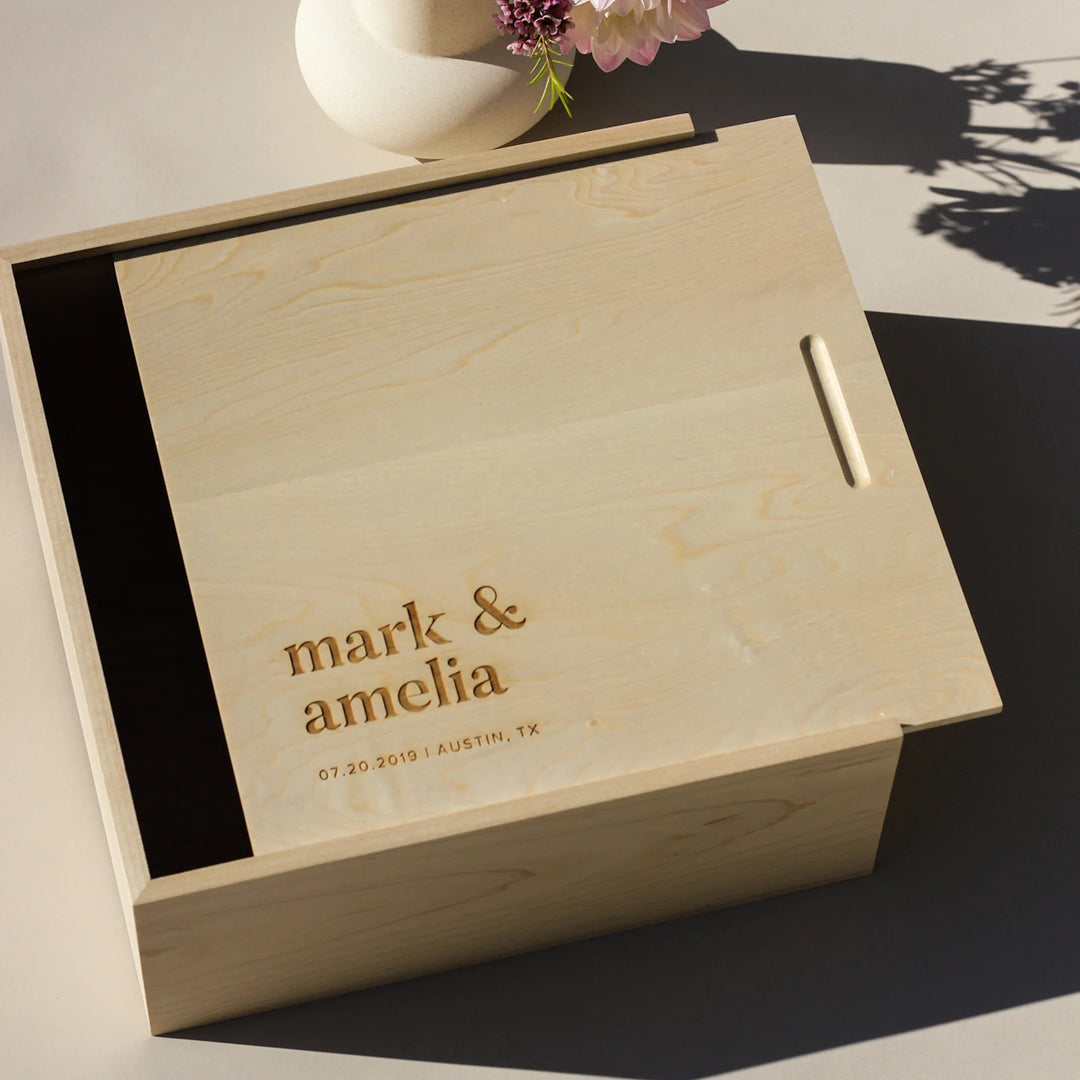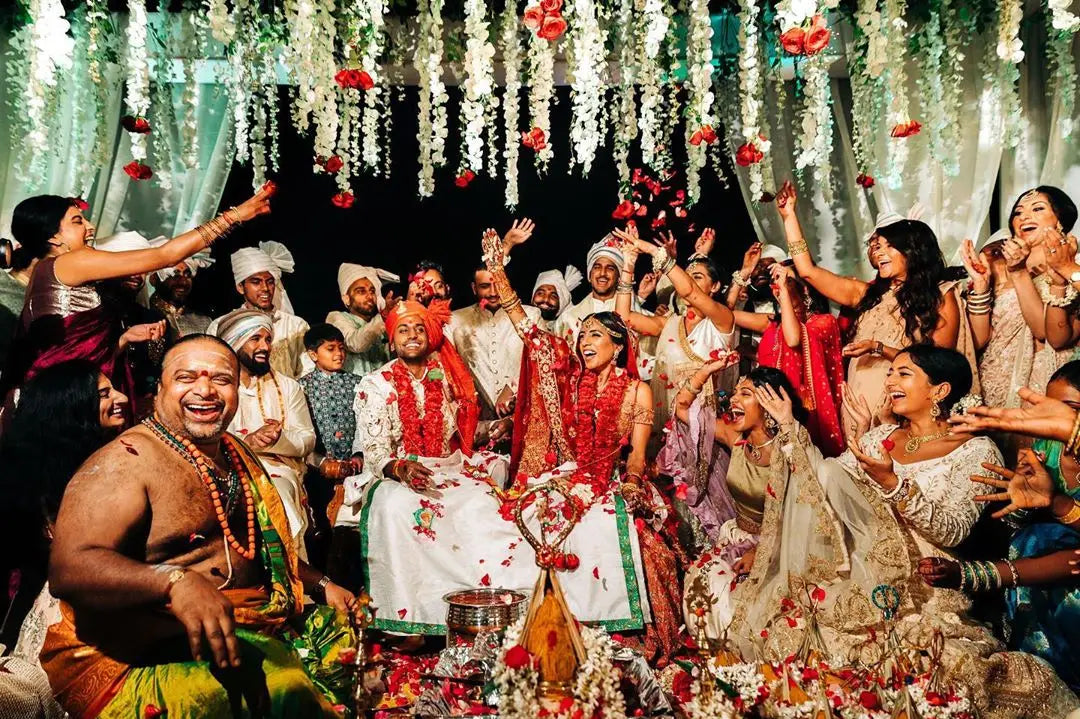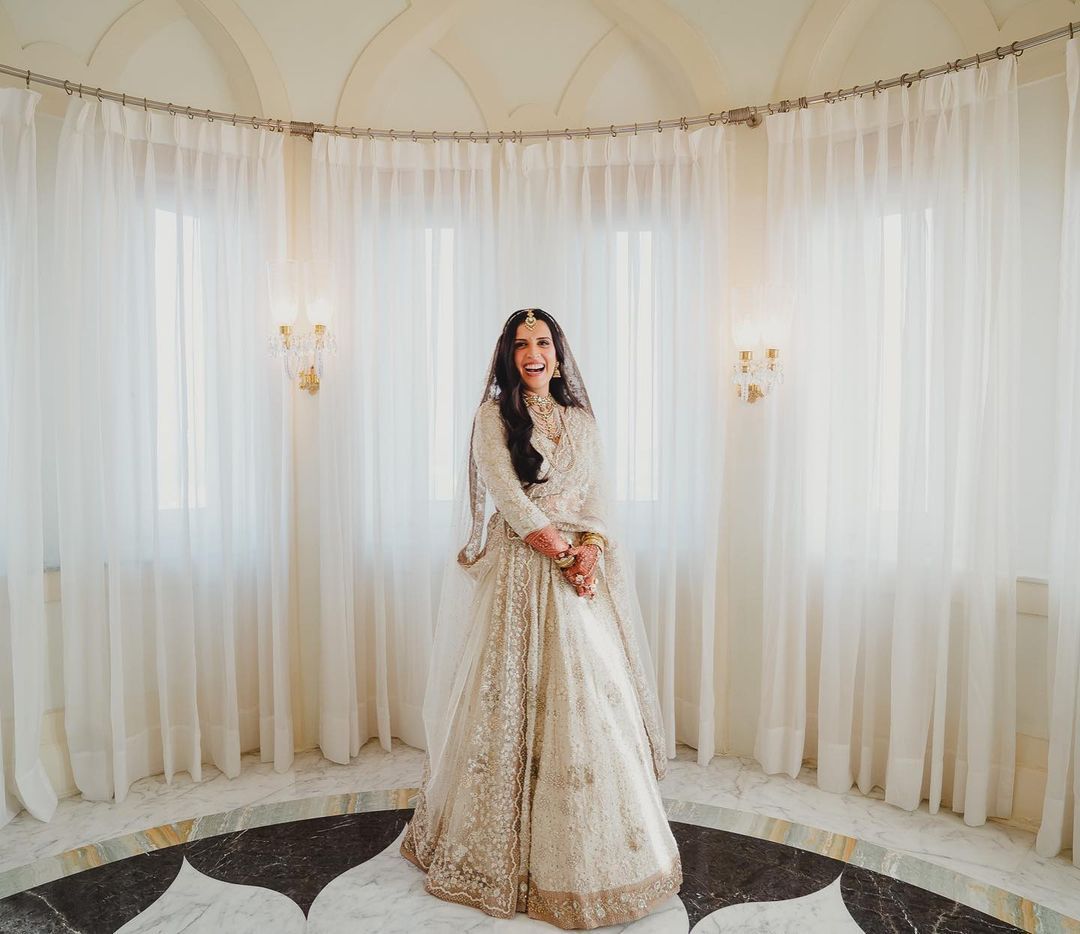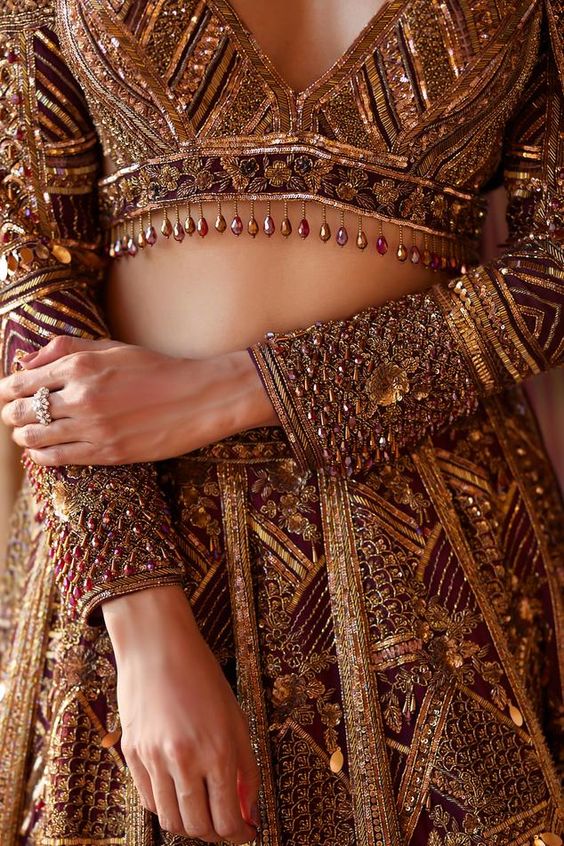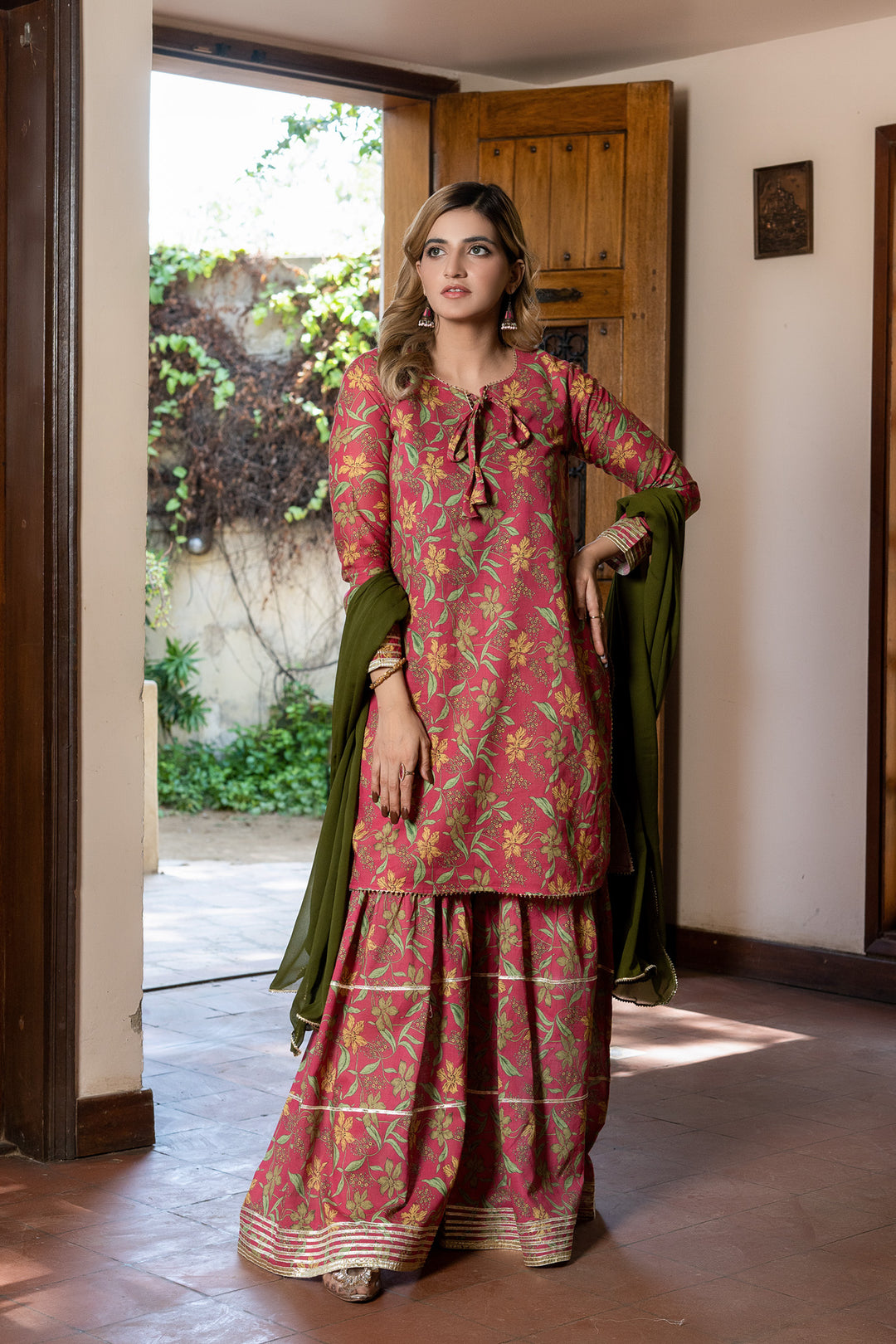Celebrating South Asian Wedding Traditions
Table of Contents
- Introduction: Embracing Two Worlds
- Understanding Cultural Clashes
- Identity Formation in the Diaspora
- Communication Strategies
- Weddings as a Lens: Planning, Participation, and Compromise
- Overcoming Challenges and Finding Balance
- Real-Life Examples and Success Stories
- FAQs: Your Cultural Clash Questions Answered
Introduction: Embracing Two Worlds
Hey there, lovely readers! It’s Karigur again. Being South Asian myself and having grown up in a bustling Western city, I totally get the feeling of straddling two worlds. On one hand, you’ve got age-old traditions, family ties, and cultural expectations. On the other, modern societal norms, personal ambitions, and the freedom to break away from stereotypes. It’s a delicate dance—sometimes messy, sometimes exhilarating.
In this guide, we’ll deep-dive into the complexities of cultural clashes for South Asians living in the West. We’ll talk about identity formation, navigating family pressures, integrating traditions into your life and wedding (if you’re heading that way!), and finding a happy medium between where you come from and where you are now.
Whether you’re a bride or groom-to-be trying to explain wedding rituals to your non-South Asian friends, a diaspora kid caught between parental expectations and personal dreams, or someone simply curious about the cultural interplay—this article is for you.
Understanding Cultural Clashes
Cultural clashes emerge when the values, norms, and practices from one’s heritage culture don’t perfectly align with those of the society one currently lives in. This tension can manifest in everyday life, career choices, relationships, and, of course, weddings.
Family Expectations vs. Personal Choices
For many South Asians, family isn’t just important—it’s everything. But when you grow up or reside in the West, you might feel torn between communal decision-making and the Western value of individual autonomy. This can surface in:
- Career Paths: Parents might dream of you becoming a doctor, engineer, or lawyer, while you want to pursue fashion design or entrepreneurship. (*Consider exploring our upcoming article: Balancing Career Choices in the Diaspora.)
- Lifestyle Choices: Living independently before marriage might feel normal in the West but be frowned upon by traditional elders.
- Weddings and Partner Selection: Arranged or semi-arranged marriages still exist, but you may have met your partner at university, online, or through shared hobbies.
Tradition Meets Modernity
Maintaining traditions (religious ceremonies, language, attire, festivals) while embracing modern practices can be challenging. How do you balance a grand traditional wedding with a sleek Western reception? Or incorporate a Mehndi ceremony with a bridal shower?
For insights on blending modernity into wedding attire and ceremonies, see our Bridal Attire Guide, Groom Attire Guide, and Cultural Traditions Guide.
Interfaith and Intercultural Relationships
If you’ve fallen in love with someone outside your faith or culture, congratulations on finding your person—but you might face skepticism from family or community members. Navigating interfaith weddings, dietary restrictions at the reception, and explaining customs to each other’s families can feel like walking a tightrope.
We’ll have a dedicated article coming soon on Interfaith and Intercultural South Asian Weddings.
Identity Formation in the Diaspora
Living in the West while rooted in South Asian heritage isn’t just about resolving conflicts; it’s about forging an identity that feels true to you. Identity formation is an evolving process, where you cherry-pick elements from both worlds to create a unique cultural blend.
Bicultural or Multicultural Identity
Many diaspora individuals proudly identify as “South Asian American,” “British Asian,” or “Desi Canadian,” blending their cultural backgrounds. Embracing both sides can lead to rich, hybrid identities. You might celebrate Diwali and Thanksgiving with equal enthusiasm or wear a saree to your graduation ceremony.
Code-Switching and Social Navigation
Code-switching is the skill of shifting between cultures depending on context. At home, you might speak Punjabi, eat dal-chawal, and respectfully address elders using formal terms. At work or school, you seamlessly transition to English slang, pizza Fridays, and first-name greetings.
For tips on navigating professional environments, watch out for South Asians in Western Workplaces: A Cultural Guide.
Language, Customs, and Values
Maintaining mother-tongue fluency can be tough when English dominates outside the home. Yet, language is key to preserving cultural identity. Similarly, customs like greeting elders with a namaste or touching their feet might feel unusual in a Western setting, but they hold sentimental value.
Deciding which customs to keep, modify, or let go of is a personal journey, not a one-size-fits-all solution.
Communication Strategies
Open, empathetic communication is your best ally in navigating cultural clashes. Here are a few strategies:
- Honest Conversations: Talk to your family about why certain Western values appeal to you. Share personal stories instead of making it a debate. (*Explore more in Communicating with Family About Cultural Differences.)
- Active Listening: Understand where your elders are coming from. They may fear losing cultural heritage or worry about social acceptance.
- Set Expectations Early: If planning a wedding, discuss which traditions you’ll include and which you’ll modernize or skip altogether. Let both families know well in advance.
- Find a Cultural Mediator: Sometimes a relative, family friend, or councillor who understands both worlds can help facilitate smooth communication.
Weddings as a Lens: Planning, Participation, and Compromise
Weddings often shine a spotlight on cultural clashes. Every detail—from the attire to the menu—can become a battleground of expectations. But weddings can also be a fantastic opportunity to blend traditions and create something new.
- Venue and Rituals: Consider holding two ceremonies: one traditional and one modern civil ceremony. (*Check out Planning a South Asian Wedding for step-by-step advice.)
- Food and Entertainment: Mix samosas and sushi at the reception. Play Bollywood hits alongside Western pop. Show guests you can honuor both sides.
- Dress Code: Maybe wear a traditional lehenga or sherwani for the main ceremony and switch into a white gown or tux for the reception. (*For ideas, see Fusion Bridal Attire Ideas and Fusion Groom Attire Inspirations.)
Your wedding can be a beautiful metaphor for your life—a tapestry of different cultures woven together.
Overcoming Challenges and Finding Balance
Living between cultures isn’t always easy, but it offers a unique perspective and resilience. Over time, you learn to navigate these waters gracefully.
Asserting Boundaries Gracefully
Boundaries help maintain mental and emotional well-being. It’s okay to gently but firmly say, “I appreciate your concern, but I need to make this decision on my own.” Over time, families often come to respect these boundaries, especially if you communicate them kindly and consistently.
Educating Others About Your Culture
Many clashes stem from misunderstandings. Take opportunities to educate friends, coworkers, and even future in-laws about your customs, the meaning behind certain rituals, or why certain practices are important to you. Knowledge often breeds appreciation and reduces friction.
Mental Health and Emotional Well-Being
Cultural clashes can be emotionally draining. Remember, seeking help from a councillor or therapist who understands cultural nuances isn’t a sign of weakness; it’s an investment in your well-being. Talking through these issues can clarify your feelings and strategies for coping.
We’ll be introducing Mental Health Resources for the South Asian Diaspora soon.
Real-Life Examples and Success Stories
Hearing from others who’ve successfully navigated cultural clashes can be inspiring:
-
Anita & Farhan: She’s a second-generation Indian-American, he’s a first-generation Pakistani-Canadian. They incorporated a mix of North Indian and Pakistani wedding customs, sent out explanatory notes with invitations, and ended up with a ceremony that honoured both sides.
Read Their Full Story -
Priya’s Journey: Priya faced pushback when pursuing a career in the arts rather than medicine. She attended workshops, discussed her goals openly with her parents, and showcased her success step-by-step. Over time, her family supported her unconventional path.
More on Creative Careers
FAQs: Your Cultural Clash Questions Answered
- How do I explain certain cultural wedding rituals to my non-South Asian guests?
- Include a brief guide in your invitation or wedding website. A simple glossary of terms and a short description of key rituals will help guests appreciate the ceremony. (*See Our Guide for Non-South Asian Guests for more tips.)
- My parents want a fully traditional wedding, but I want a more modern event. What should I do?
- Compromise is key. Maybe hold the traditional ceremony for family and add a modern reception after. Communicate early, explain why certain modern elements matter to you, and listen to their perspective as well.
- Is it okay if I don’t want to follow all the customs my family expects?
- It’s your life and your wedding. While it’s important to show respect, you have the right to shape your own traditions. Be kind, be respectful, but stand your ground when needed.
- What if I feel guilty for not living up to family expectations?
- Guilt is natural. Remember that you’re forging a path that reflects who you are today, not who others expect you to be. Seek support from friends, mentors, or professionals if it becomes overwhelming.
Still have questions? Check out our Q&A Section coming soon: Diaspora Cultural Q&A.
Similar Trending Articles:
- Balancing Career Choices in the Diaspora
- Interfaith and Intercultural South Asian Weddings
- Communicating with Family About Cultural Differences
- South Asians in Western Workplaces: A Cultural Guide
- Fusion Bridal Attire Ideas
- Fusion Groom Attire Inspirations
- Mental Health Resources for the South Asian Diaspora





